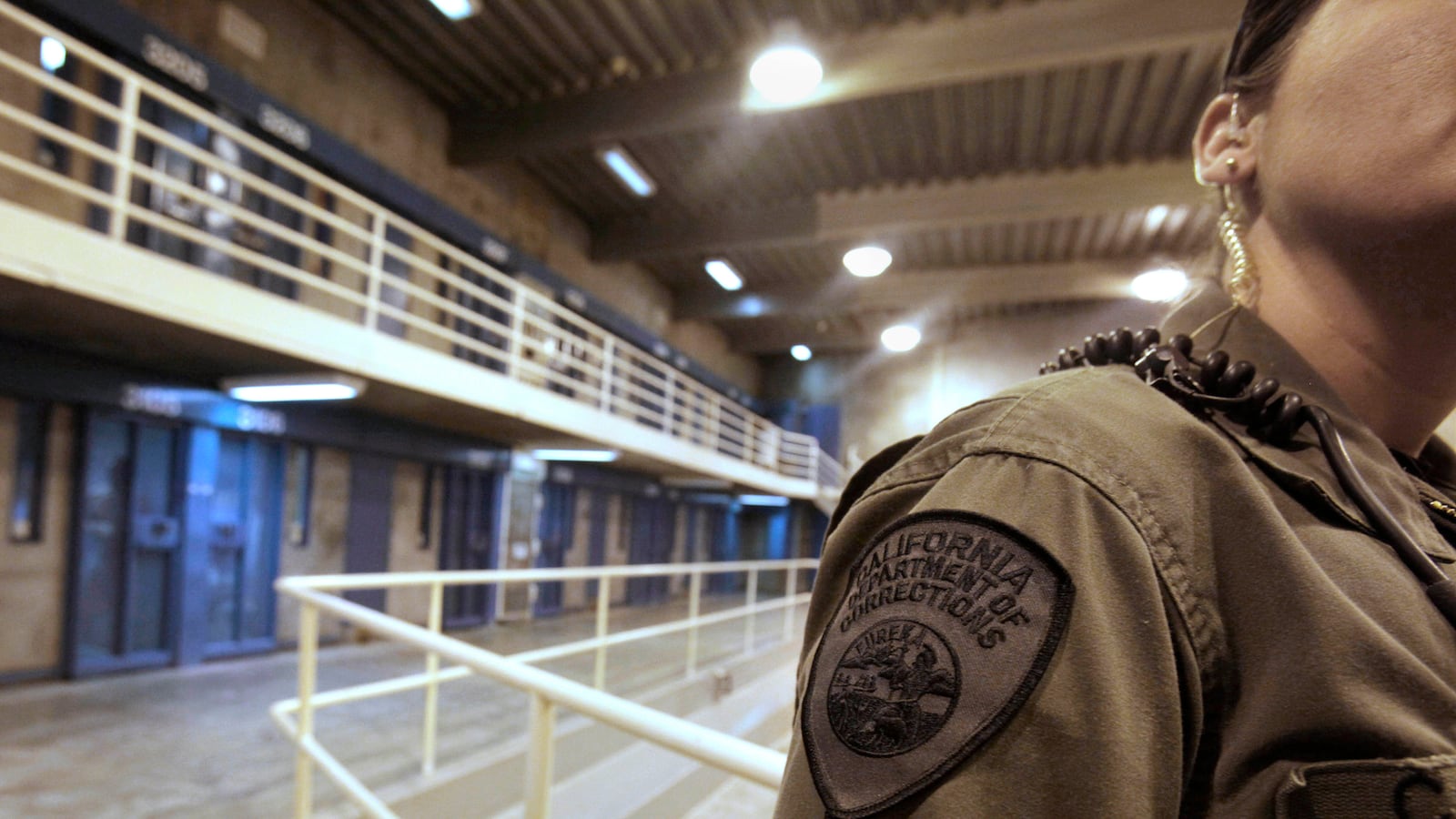It’s the most extreme isolation in the history of humankind: some 80,000 people in America’s prisons are being held in solitary confinement. They are people who haven’t shared a meal with someone else for years. Others haven’t experienced physical contact—or even seen a tree—for decades. They are isolated from almost everything, living in small, box-like cells surrounded by high walls and heavily guarded fences.

“Sometimes I feel like I’m in there with him,” Dolores Canales says about her son, who has been in isolation in a California prison for more than 12 years. “I feel his loneliness all these years…it’s too much sometimes.”
I have first-hand experience with solitary confinement. Beginning in 2009, I was held in a solitary cell for 410 days by the Iranian government, alongside my now-husband Shane Bauer and friend Josh Fattal. During that time, I was never allowed to meet with my lawyer, never taken to court and it was six months before authorities let me call my mother to tell her I was alive. They told me I couldn’t have a cellmate because I wouldn’t be safe, but during 13 months of isolation, I was never safe from my own mind.
I now work as a contributing editor for Solitary Watch, which monitors those people currently held in isolated confinement in the United States—a population higher than that of any other country in the world.
In 2011, the United Nations Special Rapporteur on Torture, Juan Mendez, issued a report stating that any period of solitary confinement for more than 15 days can result in permanent psychological damage and constitutes torture. Nonetheless, solitary confinement has become a routine practice in U.S. prisons, with officials using it arbitrarily, often vindictively, and without oversight. Prisoners are placed in isolation as punishment for petty rule violations such as profanity, drug use or standing up to abusive guards. There, they begin to mentally decompensate, and the longer they are kept there the harder it is for them to function normally.
Canales’s son, John Martinez, is one of the estimated 3,000 prisoners in the SHU (Single Housing Unit, one of the many terms used for isolation) in California. Martinez was arrested and charged with murder in 1994, a week after he turned 18. Now 37 years old, Martinez has been in prison for 18 years—12 and a half of them in solitary confinement. That means he’s forbidden all physical contact, even with his mother, and is only allowed to leave his windowless cell for an hour a day to exercise in a slightly larger cage or “dog run.” Canales says her son was placed in the SHU because his name was mentioned in a letter written by a gang-validated prisoner.
On July 8, Martinez was one of approximately 30,000 prisoners to begin refusing meals. The participants in this widespread protest, dubbed the California Prisoner Hunger Strike, want the California Department of Corrections and Rehabilitation (CDCR) to eliminate group punishment, abolish its gang-debriefing policy (a system that allows for “gang affiliates” to be placed in solitary indefinitely, often after being informed on by another designated gang member), provide adequate and nutritious food in prisons, create and expand constructive programming, and end long-term solitary confinement.
“Every day I think about him not eating,” says Canales. “There are times that I feel strengthened by what he’s doing, because you see throughout history that sacrifice equals change. But I can’t help but ask myself, will they let them die? I have to admit to myself that could happen.”
Gov. Jerry Brown hasn’t responded to the hunger strikers’ demands. Instead, family members say, California prison officials have been handing out “do not resuscitate forms” to prisoners’ families, denying them visits and even sandbagging the bottom of the cell doors of those held in solitary so they are unable to communicate with their fellow prisoners.
“My son’s not asking to be released—he just wants out of solitary where he at least has a chance to do better. He needs meaningful programs,” Canales says, “he loves to encourage others—even on the prison yard he was always encouraging others to get an education—and now he writes his nephews and cousins to tell them the same thing. The truth is my son doesn’t belong in solitary and there’s thousands of others just like him.”
Sunny Swartz, an expert in criminal justice and author of the prison memoir Dreams from the Monster Factory calls the punishment counterproductive. “The painful product of solitary confinement is that it’s completely antithetical to what taxpayers want,” says Swartz, who also has designed and operated violence-prevention programs known as Resolve To Stop the Violence Project (RSVP) in six county jails in California. “It deprives people of human decency and any social experience. If a prisoner is a danger to themselves or others we have to deal with that, but what we’re doing now is force-feeding them antisocial behavior. Prisoners need role models and an opportunity to be heard. In solitary confinement, none of this is even remotely possible. People in solitary get sicker and sicker. Are these the people we want released back into our streets?”
Once a month, Canales makes the 12- to 15-hour drive from Orange County to Pelican Bay Prison, where she’s allowed to visit with her son through a panel of thick glass. In her spare time, she works with a grassroots group called California Families to Abolish Solitary Confinement, organizing carpools and raising money for gas and hotel rooms so families can visit their loves ones inside.
“We support each other,” Canales says, “I always try to take another family member or two with me when I go for a visit. Sometimes it’s a mother who hasn’t been able to afford to get up to see her child for years,” she says. “I always come back with back problems but I still drive straight through the night. I have to get home in time for work on Monday morning. People tell me not to go so often,” Dolores says, “but like my son, I have no choice, I have to go.”





